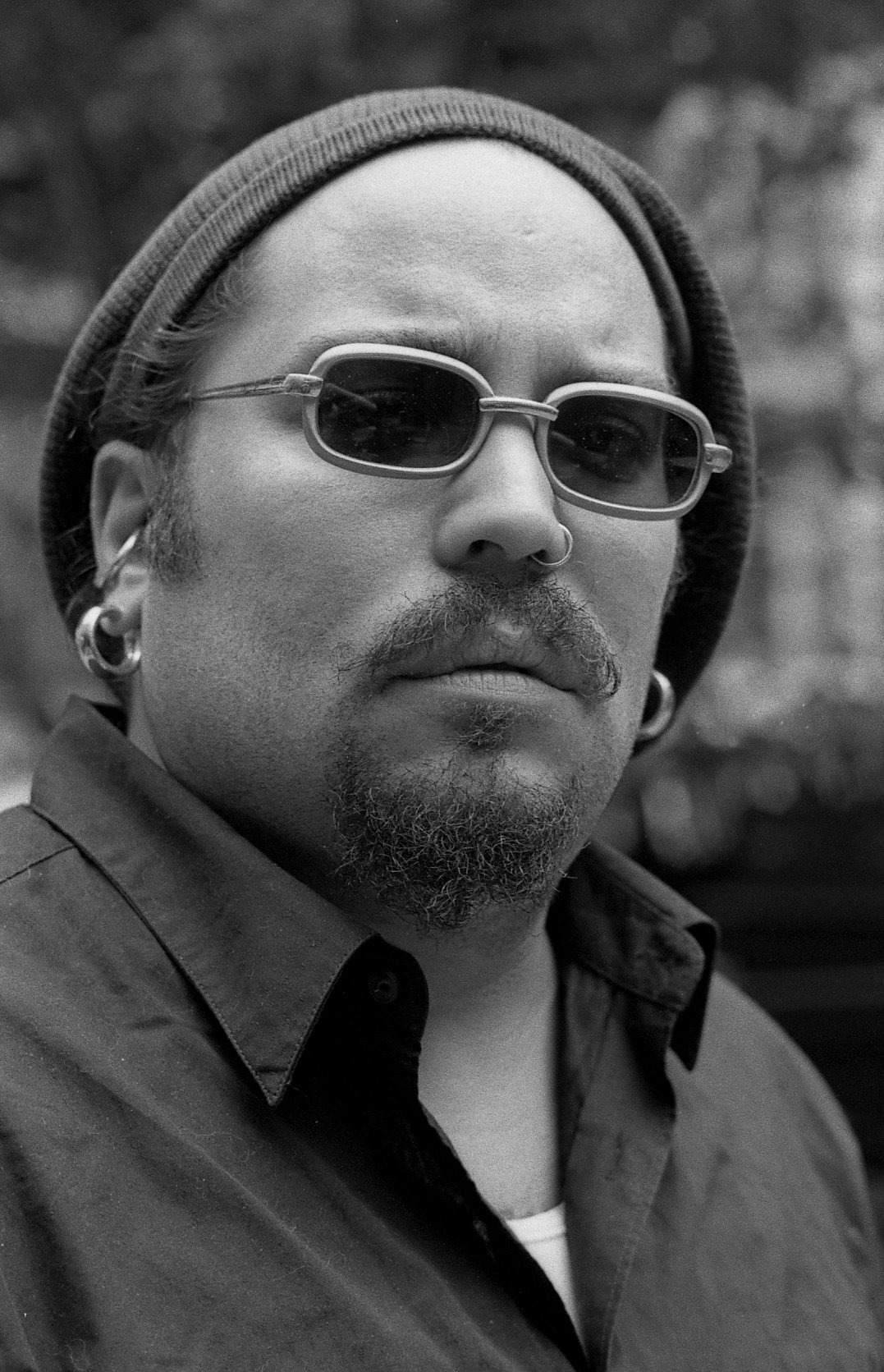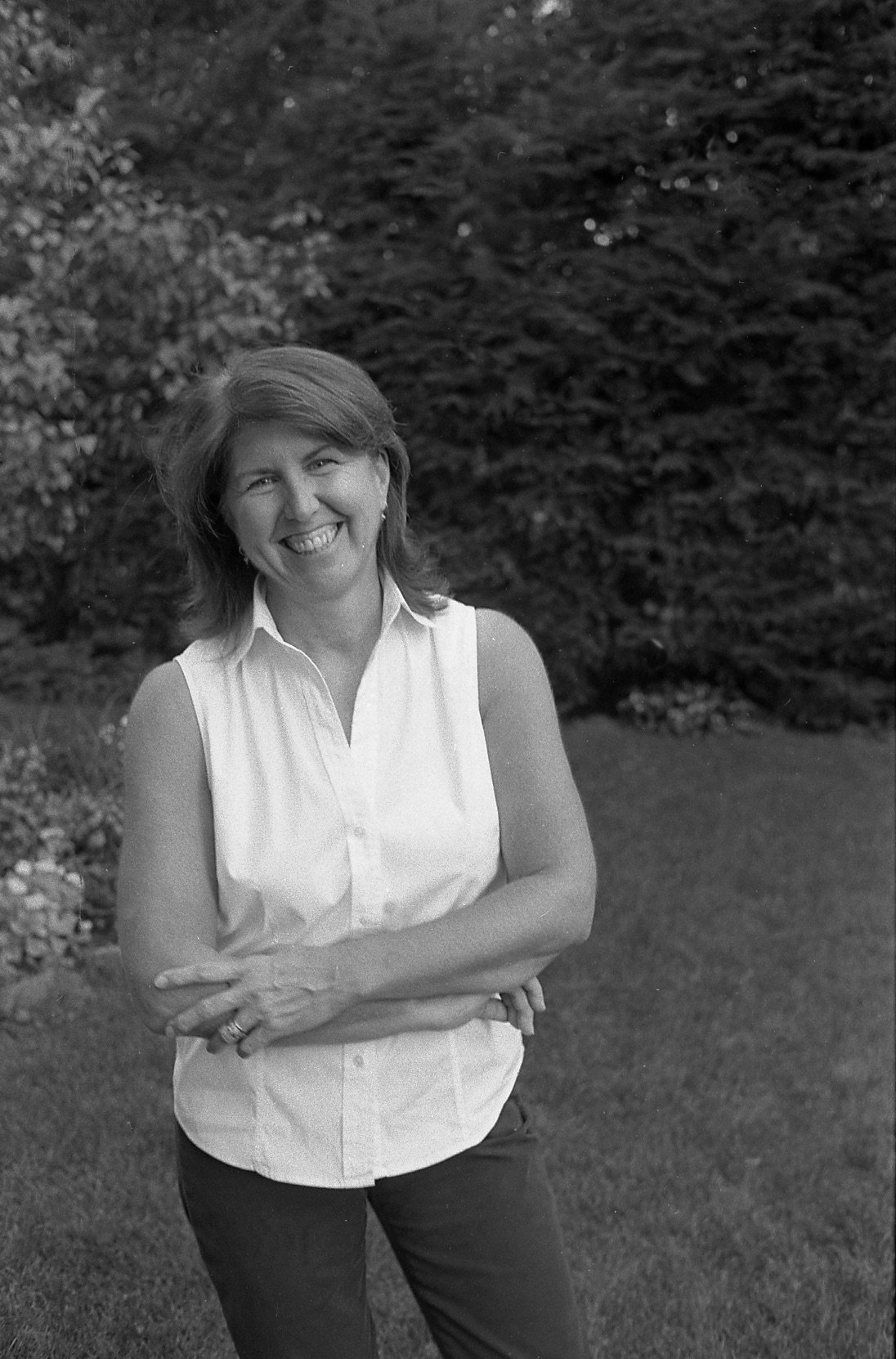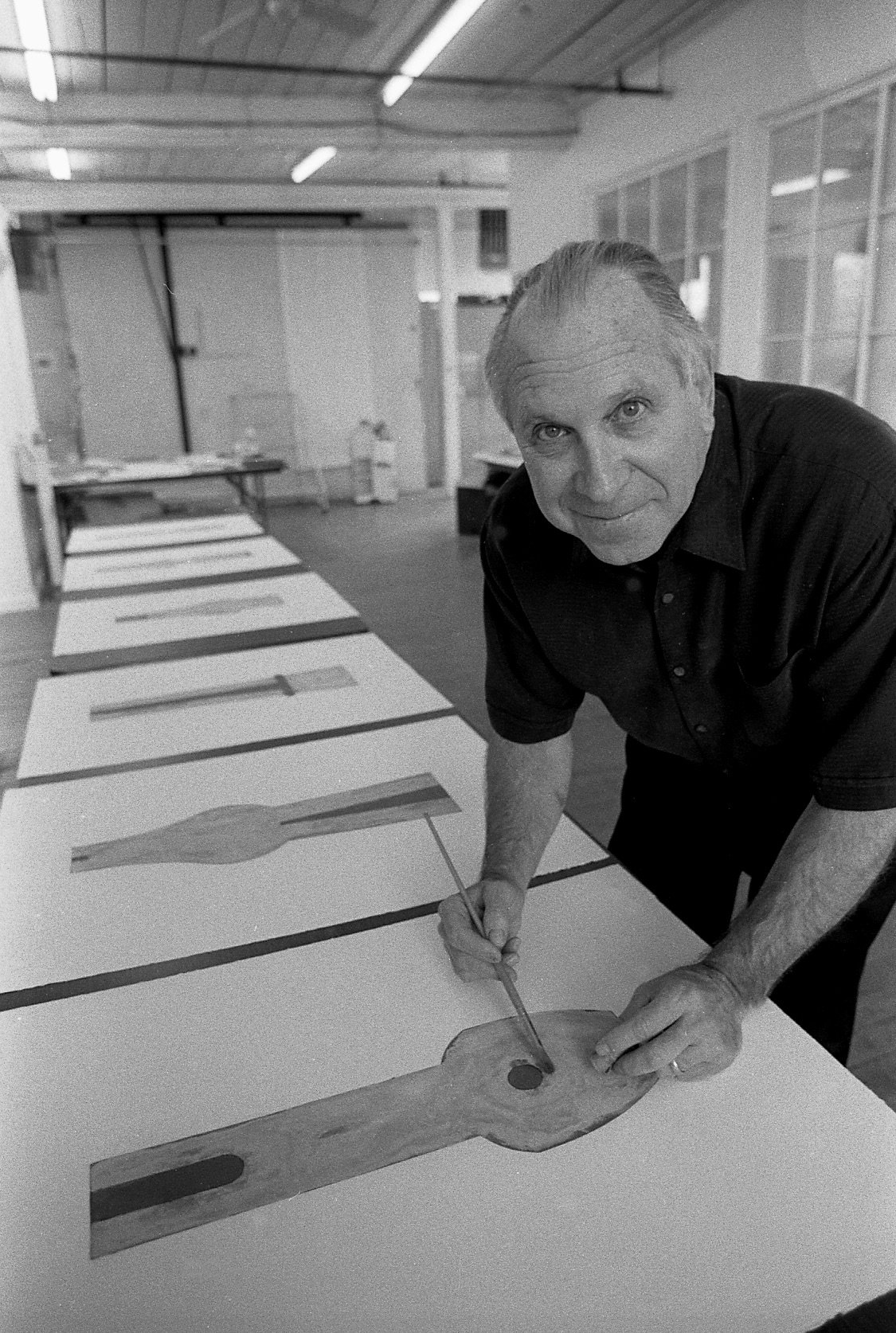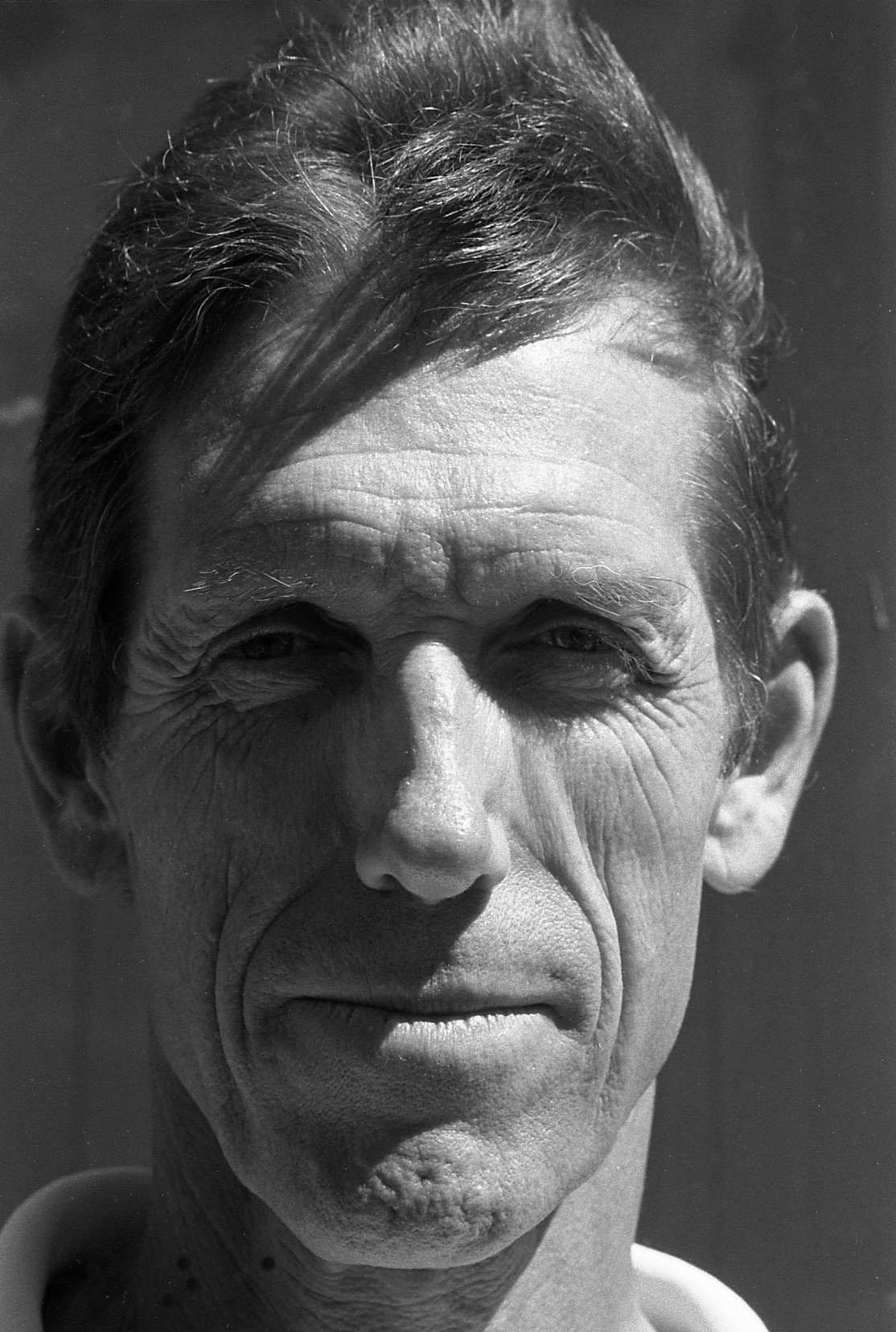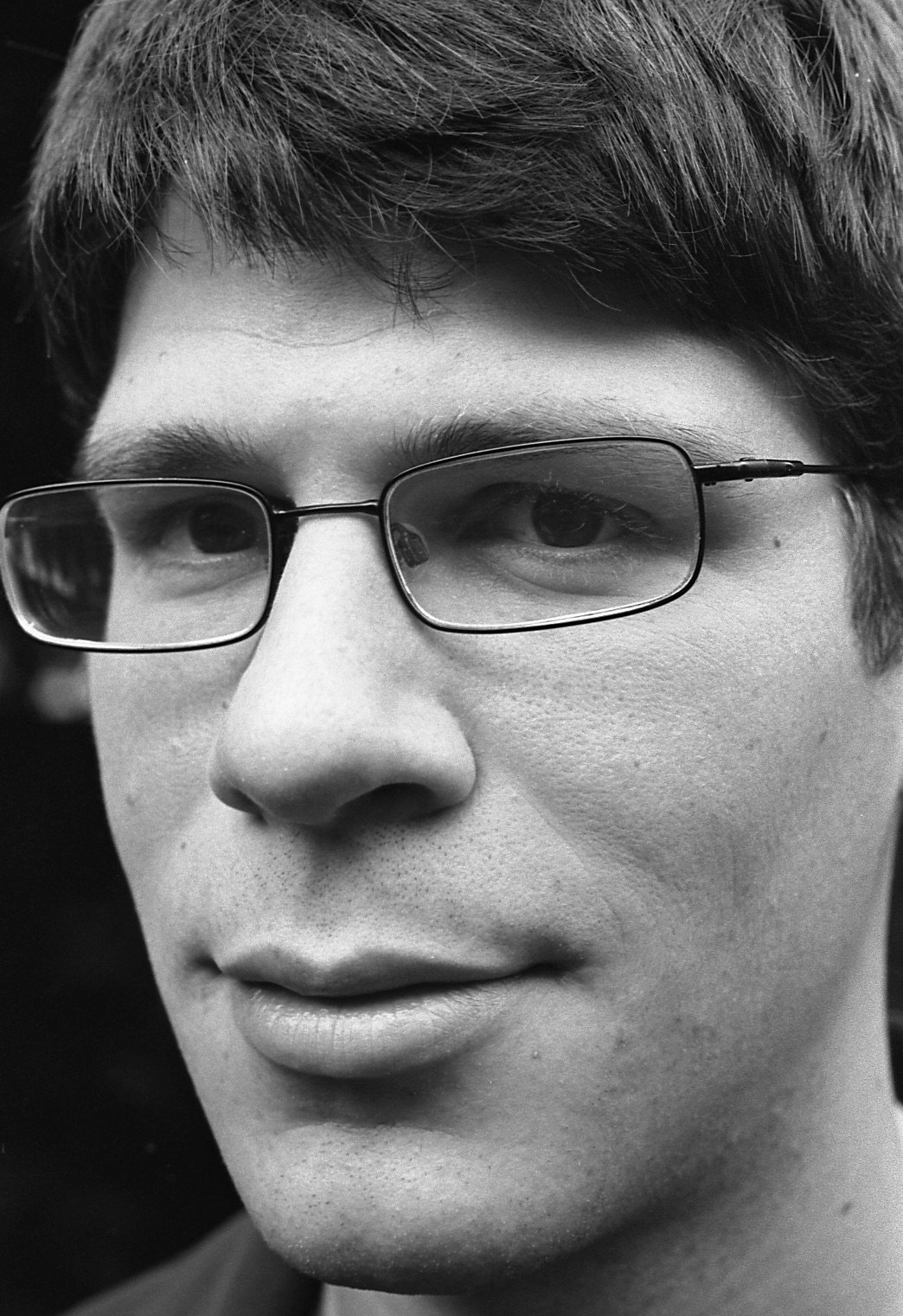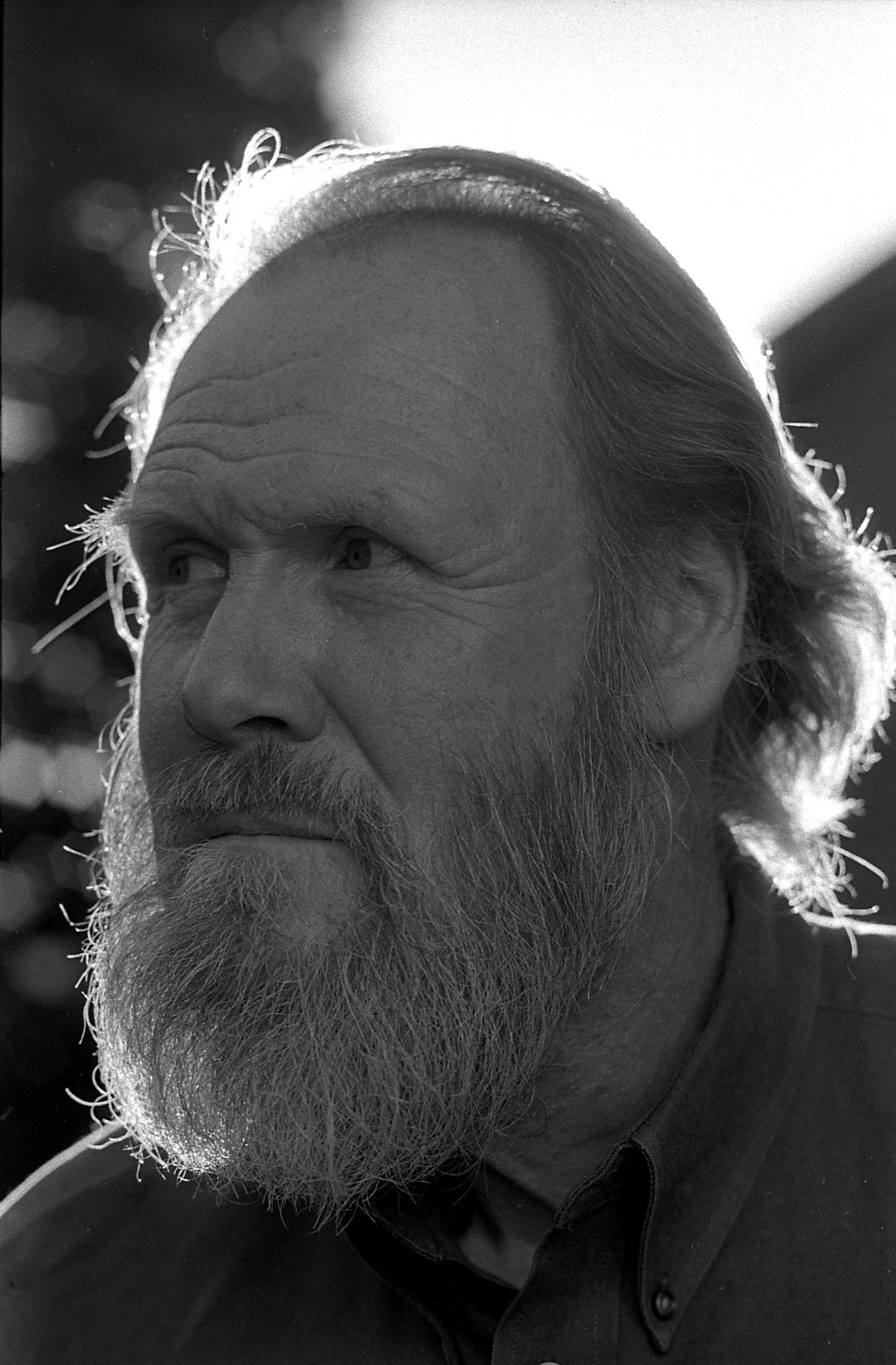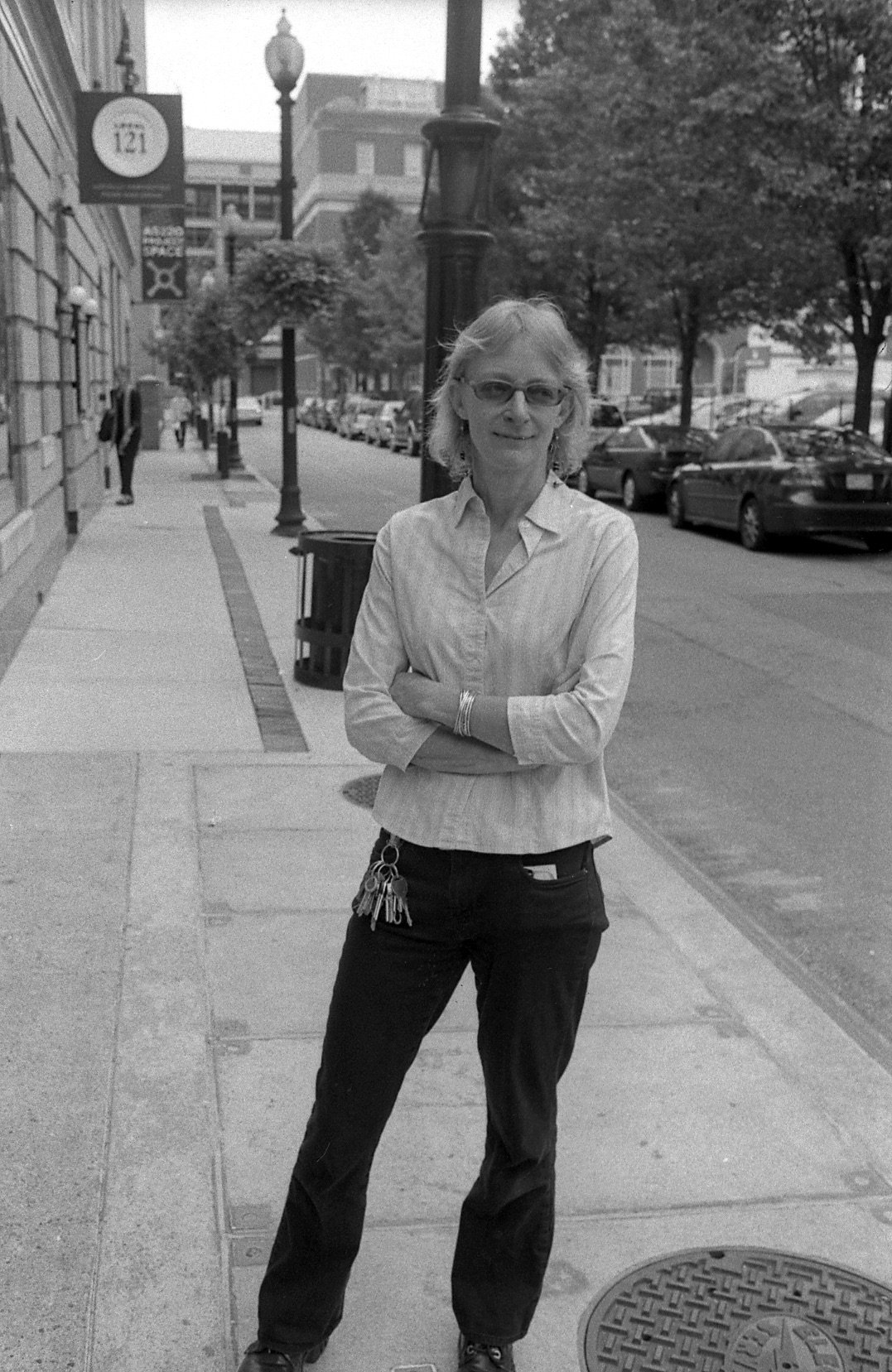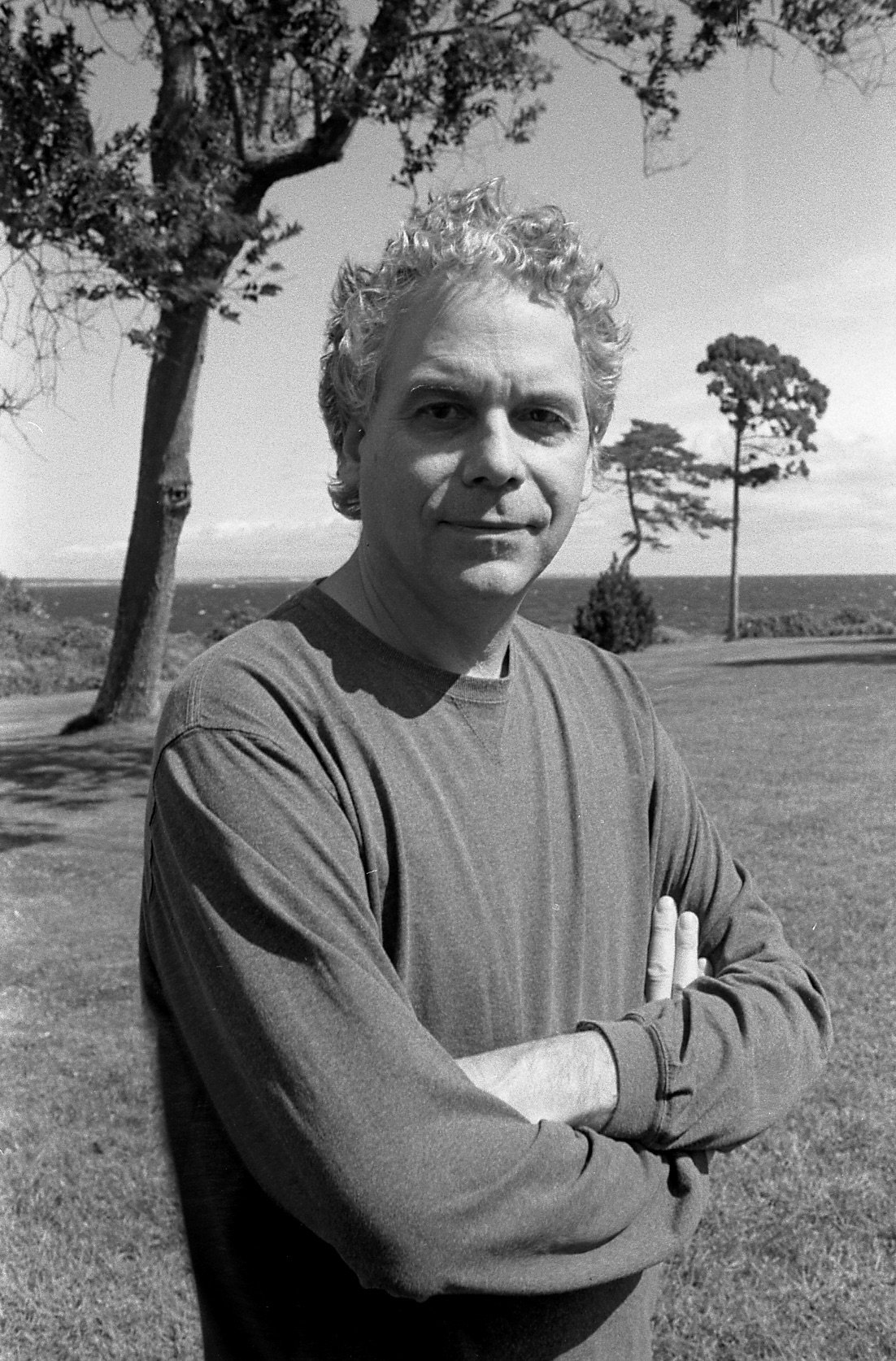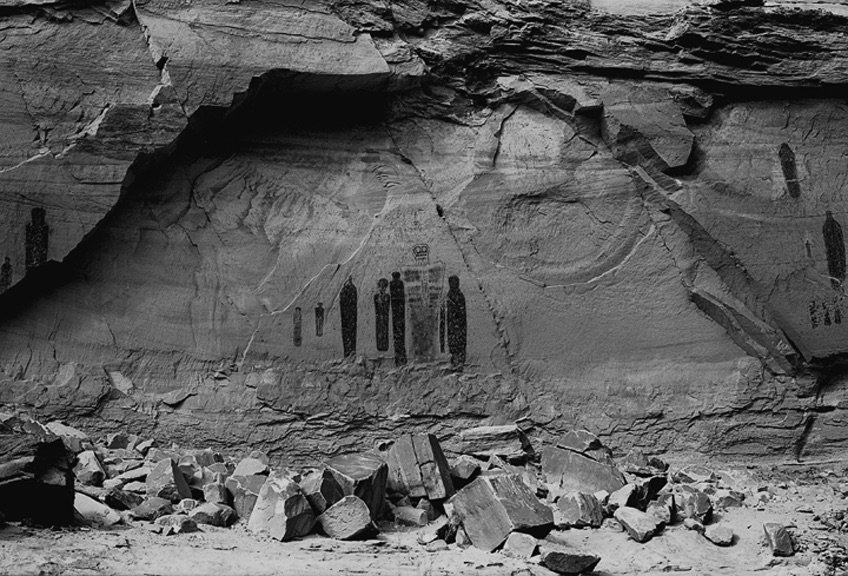From my first photograph in 1967, a self-portrait with dark glasses and a beret, to one of my recent photographs, a self-portrait in the Rat Temple in Bikaner, India, the one word that jumps out at me is remembrance. Every photograph I’ve taken is an act of remembrance.
I want to remember my passage on this earth.
I want to remember the journey of my life, who I was, where I’ve been, what I thought, what I felt, what I dreamed, and what inspired me.
I want to remember all of my relationships, family, lovers, and friends. I don’t want to forget what the experience of living has been all about.
I want to remember all those experiences that formed my identity, from my childhood origins to my adulthood travels.
I want to remember all the questions I had, who are we? Where did we come from? Where are we going?
I want photographs to represent those questions and their conclusions.
I want to remember every sight and insight along my human journey.
I’ve been given the freedom to explore and make visible many of the yearnings that make life fulfilling, and at times painful. The act of photographing keeps me a few steps back from the void of self-alienation, slows down the transient sense of time, and puts a frame around my memories.
To photograph is to remember and I with a photograph remember.
The moment when naked I pretended to fly off the Grand Canyon. When I first saw the cypress trees of Point Lobos or the full moon rising over a boulder in Utah, inscribed with a procession of galloping horses. Beholding the human fragility and strength in the faces of the mentally ill and retarded. Seeing the body of a recently murdered young woman, a victim of gang violence. Viewing a devotional procession to the Madonna della Civita, the patron saint of Itri, Italy. Walking through the stone doorway of an Incan city in the jungles of Peru. Seeing people being blessed by temple elephants in India. A jellyfish being transformed into a jewel by sunlight. Discovering industrial archeology in the forgotten rivers of Rhode Island. A diver suspended in the sky over Narragansett Bay. What my parents looked like before they died.
I want to remember it all, and photography has made this possible.
Looking back throughout my 40 years of photographing, what do I see through that clear reflective lens of time?
Musem Collections Sal is Featured In
Rhode Island School of DesignBoston Museum of Fine ArtBrooklyn MuseumGetty MuseumSmithsonian American Art Museum
My Work in Books
Old Stone Bank - Limited Edition
India - Limited Edition
One of A Kind - Limited Edition
The Chazan Effect
Providence and all of Rhode Island have always been a place in love with the arts, especially the visual arts, from Gilbert Stuart the painter and Joseph Brown the architect to Townsend and Goddard the furniture makers and a whole school of silversmiths in the eighteenth century through the Gorham Company, Edward Bannister, and the Providence Art Club in the nineteenth century. The 1970s and 1980s and on up to the present have proved to be an amazing demonstration of the continuity of that intimate relationship between artist and community.
This has been an exciting time to be an artist here. The Rhode Island School of Design—as a school and as a museum—has been the center of a hurricane of activity that spun out significant artists and studios not just in Providence but throughout the state and even beyond. To take just two examples, the impact of Rhode Island artists in photography and glass is national, and international. Rhode Island’s photographers and glass artists are sought after by museums, galleries and collectors and respected and imitated by their peers everywhere. This same stature has been achieved by Rhode Islanders in other media, whether furniture, prints, ceramics, or architecture.
At the calm eye of this hurricane always stood Helene and Joe Chazan. More than any other couple, the Chazans were equal partners with the artists, encouraging them, buying their work, donating that work to museums, and urging their friends to follow their example. Above all, they were friends of the artists; they genuinely liked them and what they did and what they stood for.
Helene and Joe, however, played an even more significant historical role than that. They certainly gave these artists their attention, attention mixed with affection and respect. Since they were not themselves artists, they gave something more: their ideas and energy and practical knowledge. They knew how important it is for artists to be known in the wider world, and they connected them to that world again and again. They gave large numbers of works to many museums, inside the state and outside. Joe established Network, a series of video portraits, in collaboration with the wonderful AS 220, in downtown Providence, and he is sponsoring a public sculpture garden at Wheeler School.
This portfolio in itself is a tribute to the Chazans’ dynamic entrepreneurship and openness to the great variety of the Rhode Island art world. The range of media represented here is remarkable, from painting to glass, furniture, metalwork, and photography. The styles are equally varied, a tribute to the individuality and self-confidence of the artists and their teachers. And the artists themselves range in age from young to, well, mature.
The impact of a committed collector—like the impact of a committed teacher—is not always understood or acknowledged in his or her lifetime. This portfolio makes “the Chazan effect” impossible to ignore. Joe and Helene were not just present at the creation, they were midwives, cheerleaders, organizers and friends to the whole process, and thereby helped not just these artists but also the museums where their works were given and the public who will enjoy them for generations to come.
Frank Robinson
—
SALVATORE’S RESPONSE: The Chazans, the artists, the book.
Now that this project is successfully ended we can go back to its origin. One year ago I met with Howard Ben Tre’ and Bert Crenca at AS220 in Providence and told them about this idea to prepare a gift for Dr. Joseph Chazan and his late wife Helene. The gift would be a hand made book with original artwork from a selected group of artists. Artists, which Joe and Helene had collected, mentored and befriended throughout the years.
The title of the book, “One of a Kind”, seemed to encompass everything and everyone, Joe and Helene, the artists, the book and the artwork. There were many aspects to producing this book. The artists had to be selected, their works completed and collected (often with much prodding), essays written, photographic portraits made, signature recorded, and the book designed and bounded. Hopefully keeping all of this a secret. Selecting the artists and the essayist was both a personal and collective effort. Everyone enthusiastically agreed to participate in this historic book.
What an eclectic group of talents and personalities. There are photographers, painters, printmakers, glass and metal sculptors furniture makers and a museum director. The Chazan’s had relationships with all of them and many more who are not represented here. Photographing the artists I had a chance to study them. What surprised me most was where their personalities resided. For some it was their faces and hands, for others it was their full body posture and for others it was in their studios surrounded by their tools and creations. Some project their persona outward at the camera while others allowed the camera to look inward. I felt honored to be in the company of such accomplished individuals. When one travels through the Chazan’s lives, and sees the family homes, medical studios, and museum collections throughout America filled with artwork that they donated, the depth of their commitment to the Rhode Island art community becomes clear. This book commemorates the interaction and intersection of the Chazan’s lives with the artists’ lives. Joe and Helene personalized the whole process of collecting. They wanted to participate in our lives and trusted us to participate in theirs. Our lives are forever intertwined. When I asked Joe why does he do it, he replied “I want to be surrounded by people who are passionate about what they do and aspire to the highest standard of work”. We can say the same about them.
This book is a gift to them for all they have done for us.



























